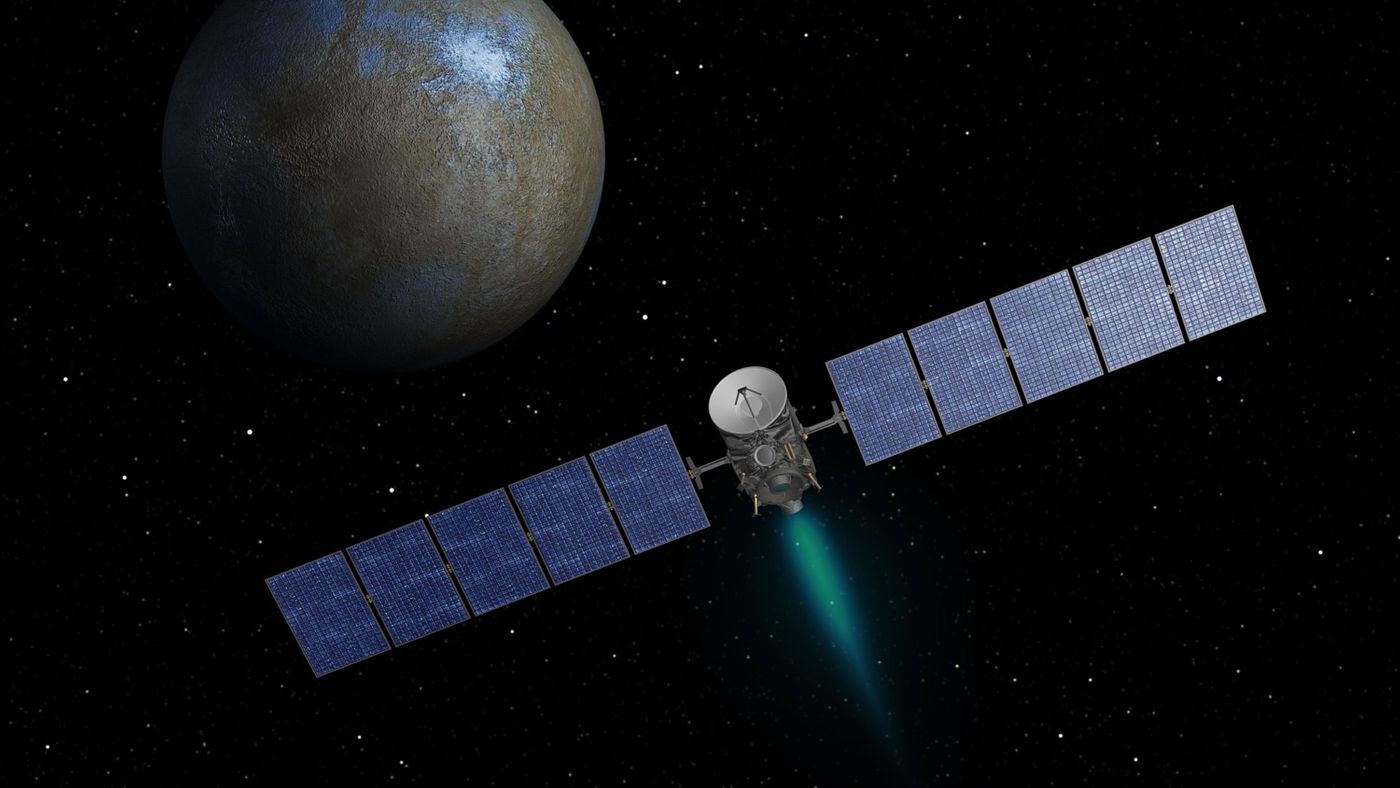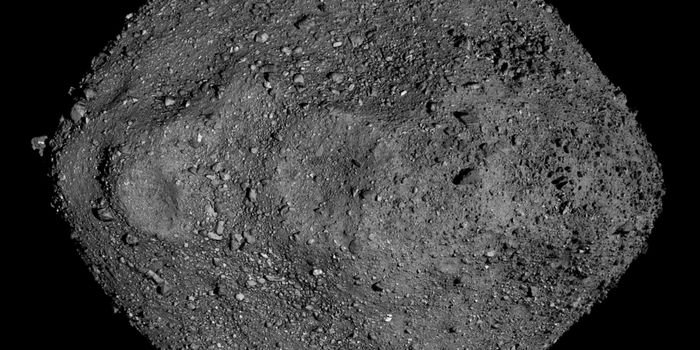NASA Waves Goodbye to its Asteroid Belt-Centric Dawn Mission
In 2007, NASA launched the Dawn mission to explore the Asteroid Belt between the planets of Mars and Jupiter. The Dawn spacecraft was employed to study two of the Asteroid Belt’s largest-known objects, including Vesta in 2011 and the dwarf planet Ceres in 2015; it has remained at Ceres ever since.
Image Credit: NASA
In September, NASA reported that the Dawn spacecraft was running precariously low on hydrazine fuel – this is what the probe uses to maintain its orientation such that its communication antennas can communicate with Earth. NASA knew the end was rapidly approaching, but the space agency had no definite ETA at the time.
Sometime between Wednesday, October 31st and Thursday, November 1st, NASA got its answer. The Dawn spacecraft failed to phone home with NASA’s Deep Space Network communications system, signaling that the spacecraft had used up all its fuel and was no longer capable of orienting its communication antennas toward Earth.
"Today, we celebrate the end of our Dawn mission – its incredible technical achievements, the vital science it gave us, and the entire team who enabled the spacecraft to make these discoveries," said Thomas Zurbuchen, the associate administrator of NASA’s Science Mission Directorate. "The astounding images and data that Dawn collected from Vesta and Ceres are critical to understanding the history and evolution of our solar system."
Related: Why does Ceres only have one ice volcano?
During its 11 years of service to the scientific community, Dawn provided scientists with valuable data about two very different objects in the Asteroid Belt throughout four separate missions and enabled many breakthrough discoveries that wouldn’t have been possible without getting up close and personal.
"The fact that my car's license plate frame proclaims, 'My other vehicle is in the main asteroid belt,' shows how much pride I take in Dawn," added Dawn Mission Director and Chief Engineer Marc Rayman. "The demands we put on Dawn were tremendous, but it met the challenge every time. It's hard to say goodbye to this amazing spaceship, but it’s time."
Despite the Dawn mission coming to an unfortunate end, those involved with Dawn believe we still have much to learn from the data it collected and beamed back to Earth previously.
NASA says the Dawn spacecraft will continue to orbit Ceres for at least 20 more years – but spacecraft engineers are around 99% certain that it could keep orbiting Ceres for up to 50 more years. The spacecraft won’t send any additional data information to Earth during this time, but it certainly will leave behind a legacy that will remind us all of a successful era of space exploration and inspire future innovations.
Source: NASA









